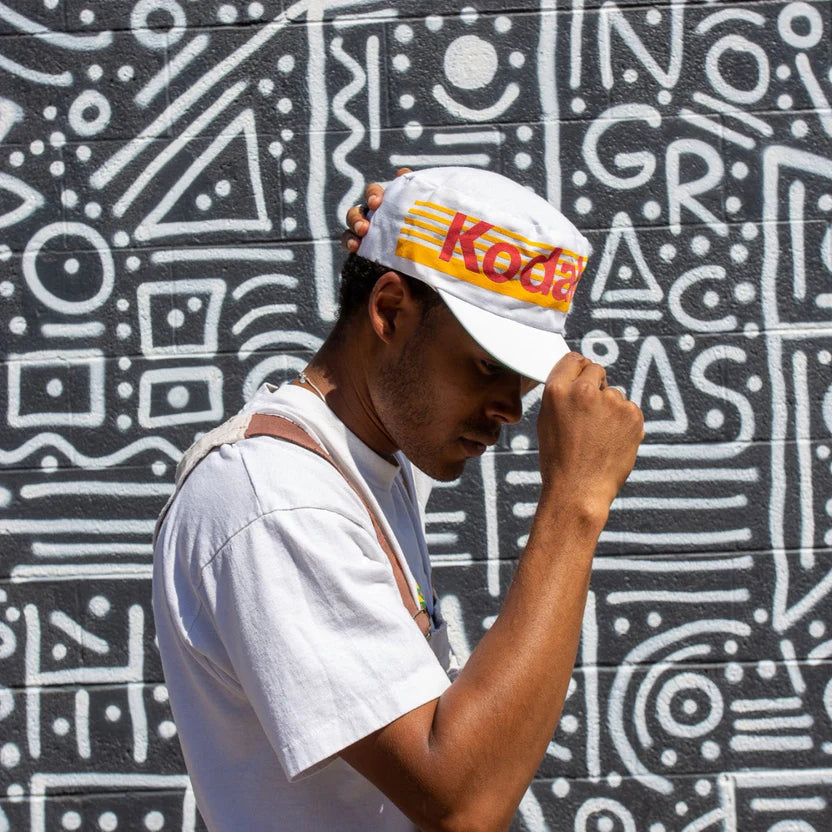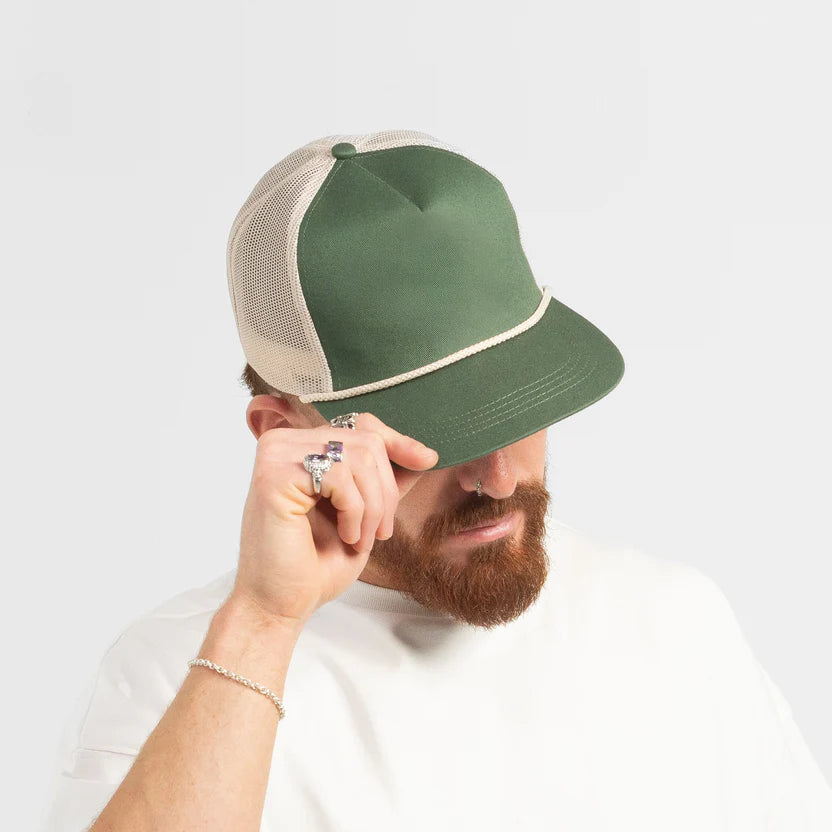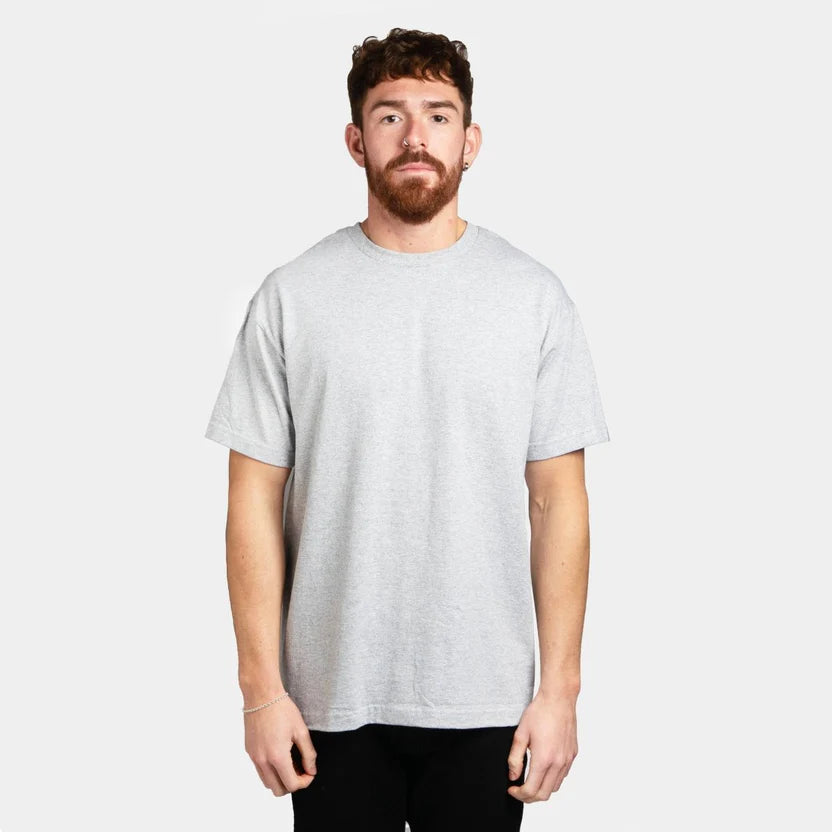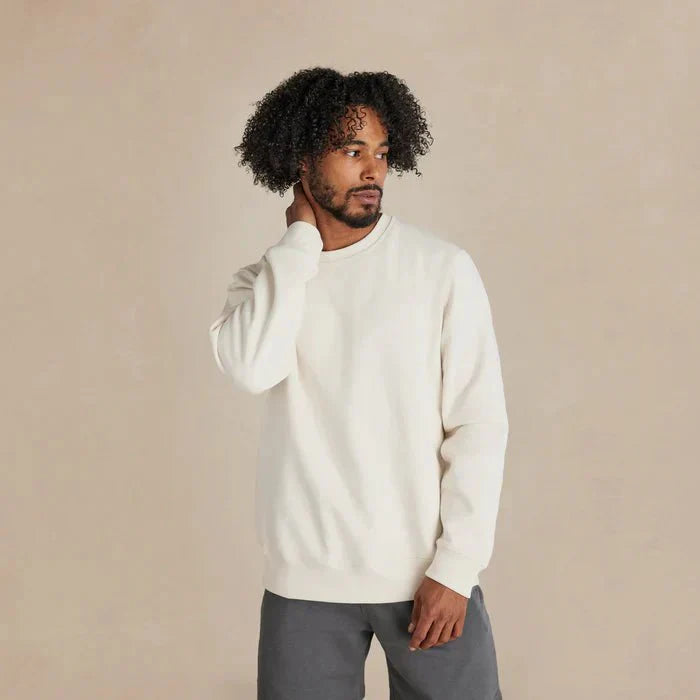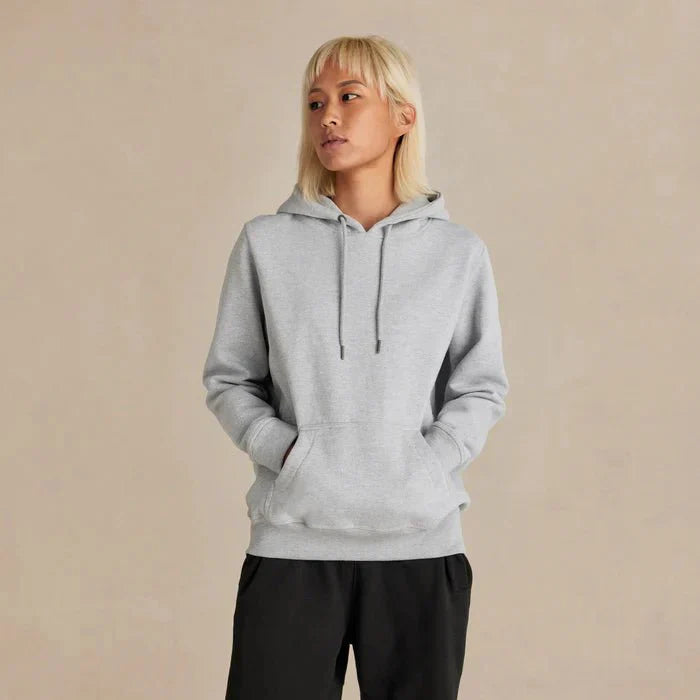Design Your Own Custom Clothes: A Step-by-Step Guide
The journey of designing your own custom clothes is an exciting and rewarding endeavor. Creating garments that reflect your unique style and personality is immensely fulfilling in a world where individuality and self-expression are cherished.
Designing your own clothes comes with many benefits beyond mere aesthetics. It allows you to break free from the constraints of mainstream fashion trends, enabling you to create garments that align with your style and preferences. They offer a canvas for self-expression, allowing you to showcase your individuality and creativity through unique designs and personalized details. Moreover, personalized clothing often boasts superior quality and craftsmanship compared to their off-the-rack counterparts, as they are tailored to your exact measurements and specifications.
This step-by-step guide will walk you through how to make custom clothing. By investing time and effort into designing your clothes, you acquire unique pieces for your wardrobe and hone your creativity and sewing skills.
Elevate Your Style: Begin Your Brand Journey with SNAG Collective
Initial Planning Stage
The initial planning stage is crucial for laying the foundation of your custom apparel project. Begin by defining your personal style, considering your aesthetic preferences, lifestyle, and fashion inspirations. Next, set clear design goals and objectives to guide your creative process. Whether you aspire to create a statement piece for a special occasion or build a versatile wardrobe staple, establishing your design direction is essential. Additionally, dedicate time to researching inspiration and trends, drawing inspiration from fashion magazines, online platforms, and runway shows to fuel your creative vision.
Understanding Fabric Selection
Selecting the right fabric is paramount in bringing your design vision to fruition. Take the time to explore different types of fabrics, considering factors such as texture, weight, and drape. Whether you opt for luxurious silk, cozy wool, or durable denim, each fabric possesses unique characteristics that will influence the look and feel of your garment.
Additionally, prioritize fabric quality and durability to ensure your design custom clothing stand the test of time. Select fabrics that are well-suited for your design and intended use, considering factors such as breathability, stretch, and care requirements.

Taking Measurements
Accurate measurements are the cornerstone of a well-fitting custom gear. Pay meticulous attention to taking body measurements, as even minor discrepancies can impact the fit and comfort of your garments. Follow established guidelines for measuring key areas such as the bust, waist, hips, and inseam, using a flexible tape measure for precise results. If you need more clarification about taking measurements yourself, feel free to seek professional assistance from a tailor or seamstress. Investing in accurate measurements ensures that your own custom clothing are tailored to your unique body shape and proportions, resulting in garments that fit like a glove and flatter your silhouette.
Creating Design Sketches
Design sketches serve as the blueprint for bringing your fashion ideas to life. Before diving into the construction phase, it's essential to sketch out your designs to visualize each garment's overall aesthetic and details. Arm yourself with essential tools such as sketching pencils, erasers, drawing paper, and reference materials such as fashion magazines and fabric swatches.
Translating ideas into sketches allows you to explore design elements such as silhouettes, proportions, and embellishments. Embrace the iterative process of refining your designs, experimenting with variations and adjustments until you're satisfied with the final concept.
Drafting Patterns
Pattern-making is a fundamental skill in fashion design, laying the groundwork for constructing garments with precision and accuracy. Begin by familiarizing yourself with the basics of pattern making and understanding concepts such as grainline, seam allowance, and ease. Utilize basic pattern blocks as a starting point, adapting them to suit your design specifications and desired fit. Customizing patterns allows you to tailor garments to your unique measurements and design preferences, ensuring a personalized and flattering fit for each wearer.
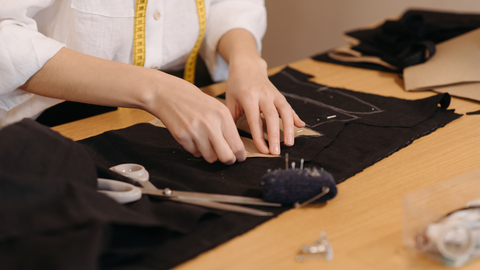
Cutting Fabric and Assembling Pieces
Once your patterns are finalized, it's time to bring them to life by cutting fabric and assembling them. Prepare your chosen fabric by pre-washing and ironing to remove wrinkles and ensure shrinkage control. Approach cutting patterns precisely, following the grainline and pattern markings meticulously to achieve accurate results. Invest in quality cutting tools such as fabric scissors, rotary cutters, and cutting mats to facilitate clean and precise cuts.
Next, assemble fabric pieces seamlessly by pinning or basting them together before stitching, paying attention to matching seams and ensuring proper alignment. With careful attention to detail and craftsmanship, cutting fabric and assembling pieces transforms raw materials into beautifully crafted garments that reflect your unique design vision.
Sewing Techniques and Equipment
Embarking on the sewing phase requires a good understanding of essential equipment. Ensure you have a well-equipped sewing kit, including a sewing machine, needles, pins, thread, measuring tape, and scissors. Mastering basic sewing techniques is the next step, including threading a needle, sewing straight and zigzag stitches, and understanding seam finishes.
As you progress, explore advanced sewing skills such as creating buttonholes, inserting zippers, and sewing different seams. Familiarize yourself with your sewing machine's features and experiment with various presser feet and stitches to expand your repertoire.
Adding Embellishments and Details
Elevate your custom garments by incorporating embellishments and intricate details. Experiment with embroidery and appliqué to add texture and visual interest to your designs. Enhance your creations with trims such as lace, ribbons, and piping, which can accentuate seams and edges. Accessories such as buttons, beads, and sequins offer endless possibilities for embellishing garments.
Explore different techniques for embellishment, including hand-sewing, machine embroidery, and heat-applied motifs, to create unique and eye-catching designs that reflect your style.
Fitting and Adjustments
Fitting sessions are a crucial aspect when you create custom clothing, ensuring that garments fit comfortably and flatteringly. Schedule fitting sessions throughout construction to assess the fit and make necessary alterations. Common adjustments may include taking in or letting out seams, adjusting hem lengths, and refining sleeve lengths.
The perfect fit requires patience and attention to detail; each body is unique. Consider enlisting the help of a fitting buddy or seeking guidance from online tutorials and resources to troubleshoot fitting issues effectively. With diligent fitting and adjustments, you can ensure your custom garments fit like a dream and make a lasting impression.
Finalizing Finishing Touches
Before showcasing your custom creations, paying attention to the finishing touches is essential. Pressing and ironing garments is crucial for achieving a polished and professional look. Next, seam finishing techniques such as serging, zigzag stitching, or using bias tape ensure that raw edges are neatly enclosed and prevent fraying, enhancing the durability and longevity of your garments.
Quality checking the finished product is the final step to ensure that your custom clothes meet your standards of craftsmanship and quality. Take the time to inspect seams, stitching, and overall construction, making any necessary adjustments or repairs before declaring your project complete.
Storing and Caring for Custom Clothes
Proper storage practices are essential for preserving the quality and lifespan of your custom clothes. Store garments clean, dry, and well-ventilated to prevent mold, mildew, and odors. Hang delicate items on padded hangers to maintain their shape, while heavier garments can be folded and stored in breathable garment bags or drawers. Always follow the care instructions specified for each fabric to avoid damage or shrinkage when cleaning and maintenance. Regularly inspect garments for signs of wear and tear, making any necessary repairs promptly to prevent further damage.
Branding and Labeling
Branding and labeling are essential in establishing your identity as a custom clothing business and promoting your creations to the world.
Creating Personalized Labels
Craft custom design of labels featuring your logo or brand name for a professional touch. Designing and producing custom labels is integral to branding your custom clothing line or t-shirts. These labels can feature your logo, brand name, or a personalized message, adding a professional and distinctive touch to your garments. Attach these labels to your garments to enhance their aesthetic appeal and reinforce your brand identity.
Establishing Your Brand Identity
Define your target audience and craft a compelling brand story that reflects your values and design philosophy. Establish a unique brand identity that sets you apart and resonates with your customers.
Marketing Your Custom Clothing Line
Utilize social media, ecommerce store, and local events to showcase your designs and connect with potential customers to sell online. Develop a cohesive marketing strategy that aligns with your brand identity to increase brand awareness and attract a loyal following.
Summary: Your Journey in Custom Clothing Design
As you reflect on your journey in custom clothing design, let this guide inspire and encourage future design projects. Whether you're a seasoned fashion designer or just starting, there's always room to explore new ideas, techniques, and styles. Embrace the creative process, refine your skills, and embark on new design adventures confidently and enthusiastically. Your journey in custom clothing design is a testament to your passion for fashion and the limitless possibilities of expressing yourself through your creations.
Elevate Your Style: Begin Your Brand Journey with SNAG Collective




